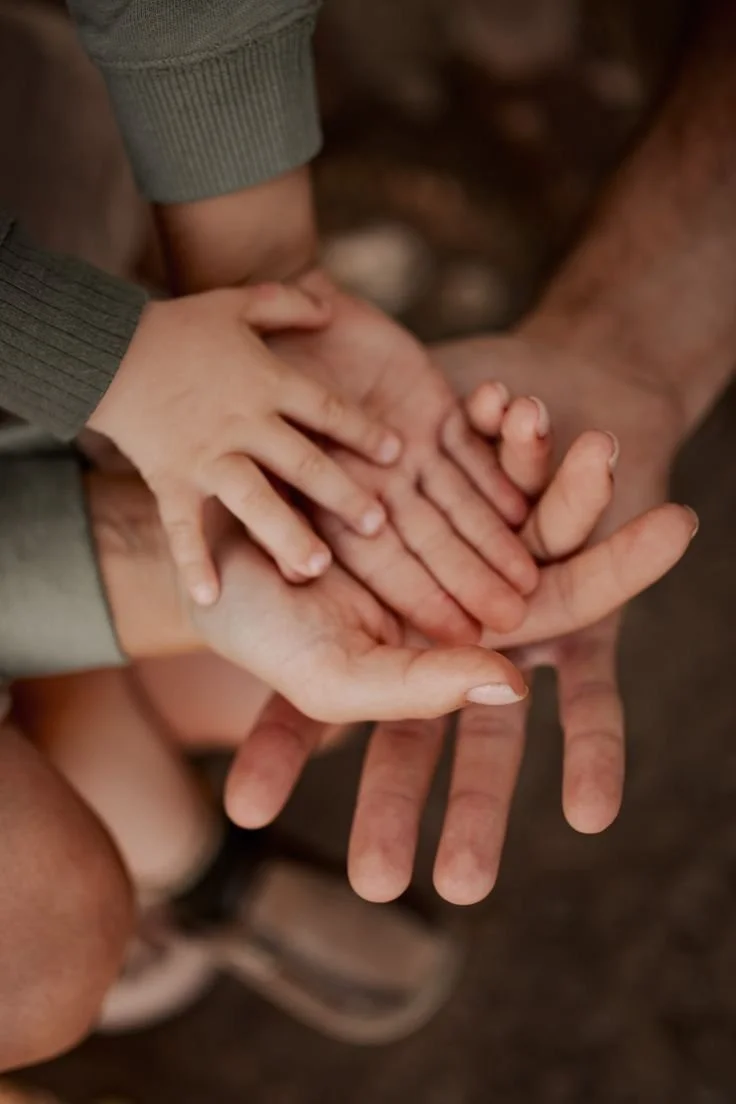What is human trafficking?
understanding the issue
Human trafficking is the exploitation of vulnerable people through force, fraud, or coercion often for sex, labor, or domestic servitude. It is one of the fastest-growing crimes in the world. At The Kin House, we focus on restoring and protecting child survivors of sex trafficking those who have been exploited but still lack a safe place to heal, grow, and reclaim their future.The breakdown
human Trafficking in the United States
Human trafficking is not just happening in other countries it’s happening here. In neighborhoods, schools, and systems meant to protect. Below are some of the most recent and devastating truths about child trafficking in the U.S.:
Children at Risk
1 in 7 children reported to NCMEC are likely victims of sex trafficking.
88% of them came from the foster care system. (Polaris)
In 2023, over 18,400 reports of child sex trafficking were filed. (NCMEC)
Exploitation Online
88 million+ child sexual abuse material files were reported in 2022. (NCMEC)
The U.S. is the #1 producer and consumer of child exploitation content.
Scope & Impact
Human trafficking is the 2nd most profitable illegal industry in the U.S. (UNICEF)
It is the fastest-growing criminal enterprise in the world.
There are more people enslaved today than ever before.
An estimated 17,500 women and children are trafficked into the U.S. annually.
A trafficked child is abused up to 5 times per day.
Identifying signs of human trafficking in children
Traffickers aren’t always strangers they are often people the child knows and trusts: parents, relatives, caregivers, teachers, coaches. That’s why knowing the signs matters.knowing the signs & What to look for
PRACTICAL WAYS TO HELP
know the signs: Awareness is the first step toward prevention.
Report a tip. If you suspect something, say something it could save a life.
Think before you shop. Support ethical and fair-trade companies when possible.
Talk about it. Conversations spark change. Share what you’re learning with friends and family.
Volunteer. Reach out to local safe houses or anti-trafficking organizations.
Educate yourself. Read survivor stories. Listen to podcasts. Watch documentaries.
Get trained. Most states offer human trafficking awareness or responder training.
Use your voice. Advocate in your community. Speak up. Stay engaged.
how to report human trafficking
If you believe someone may be a victim of human trafficking,
take action:
to report child Exploitation:
The National Center for Missing & Exploited Children:
1-800-843-5678
To report a suspected trafficking case:
U.s. Department of homeland security:
1-866-347-2423
For help or more info:
In an emergency: Call 911 or your local police department.
National Human Trafficking Hotline: 1-888-373-7888
(24/7, confidential)
Text: “BeFree” (233733)



